![Building a differentiated workplace culture- Stela Lupushor [Interview]](https://assets-global.website-files.com/62d84b3d3ba446b2ec041a19/62d84b3d3ba446142a04243c_download-9.jpeg)
About Stela Lupushor
Stela is the founder and chief executive re-framer of Reframe.work. She is also the program director, strategic workforce planning and HR Be Peace Council at the Conference Board and facilitates conversations with Fortune 500 corporation members on building new global workforce strategies. She also is the human capital analytics center leader at the Conference Board, shaping its research agenda. Stela is also the founder chairperson of the board of directors of ‘Amazing’, a non-profit organization extending the work horizon for women and empowering them to thrive in the workplace of the future.
Vanessa Rose

We have the pleasure of welcoming Stela Lupushor today to our interview series. I'm Vanessa Rose from the peopleHum team. Before we begin, just a quick introduction of peopleHum - peopleHum is an end-to-end, one-view, integrated Human Capital Management Automation Platform, the winner of the 2019 global Codie Award for HCM that is specifically built for crafted employee experiences and the future of work with AI and automation technologies.
We run the peopleHum blog and video channel which receives upwards of 200,000 visitors a year and publish around 2 interviews with well-known names globally, every month.
Vanessa
Welcome Stela, we are thrilled to have you.
Stela
So thrilled to be here. Thank You so much for the opportunity to be here.
Vanessa
The first question I have for you Stela is, Could you tell us a little bit about your journey that brought you to re-framework?
Stela
Absolutely. So I come from a Math and computer science background. That was my education. And then for the majority of my career, I worked at the intersection of technology, process improvement, systems implementations, customs as well as package system implementations. And I ventured into the HR space by chance. It was the SAP wave when all the organizations were adopting them.
I ended up being trained in SAP HR, and it felt like I finally found my place because I could relate to the changes, I could see the potential for the positive impact of the experience of workers, including myself. So from that point on, HR became the focus of my work. And I did a lot of both client-facing consulting work as well as internal work across PricewaterhouseCoopers clients, IBM.
I ended up moving into the internal IBM HR where I spent a good chunk of my career. And then after IBM, I went back into the people analytics space into math and computer science by running people analytics functions of TIAA and then Fidelity Investments. But four years ago, I decided to go Soloprenuer and lead into the future of work and the future of work was a space that I was really passionate about and comfortable with because I could connect the dots and I could see where the trends are gonna take us from a workplace perspective.
And one of the things was that we as individuals are more likely than not to go entrepreneurial and to become independent agents. But for me, a lot of the work was just a hypothetical, like a theoretical exercise. I have never been on the independent side. So four years ago I decided to go solo and see what it's like to be an entrepreneur, how the work environment could change.
What are the skills that are necessary? What type of technology can enable you to be productive? So the focus was really not having to own all the resources. But being the orchestrator of that work because I obviously don't have all the skills that are necessary to execute big projects. But I have a big network of people that can tap into and bring on board to some of these projects.
And I remember going through the journey and the reflection. I'm thinking, how should I call myself? Right? I have this company that I incorporated called Reframework. And if I am to look at typical titles you have a CEO, the founder, a president. None of those felt right, they're all too big and too lofty. And I thought I'll be a little bit more lighthearted about it and call myself a Reframer, and that I updated my LinkedIn profile, and in a few days later, I got a request for connection from Adam Linios and Adam is in framing business as in windows framing business. So I felt like I finally found my tribe.
Vanessa
It's really interesting, but what opportunity did you see in the future of work for you to start this?
Stela
I felt that being on the inside of the organization, it's really difficult to change the mindset of leaders and outside, it's much more straightforward to convey the message about the changes that are happening around us and making them think differently about the opportunities they can see. And the way I organize my thoughts about the disruptions and put them in the four categories, I call them four D's.
One is the digitization of the world and workplace. So you have adoption of new technologies, you have robotics, you have AI and automation, you have chatbots, augmented virtual reality, technologies that allow you to create different experiences. All of this is creating a lot of data and a lot of insights and then you can make decisions differently.
And that brings me to the second D, which is datafication and with processing capacity, and a lot more tools that enable us to make sense out of the data. We now can create new interventions, we can see the patterns of changing behaviors to make decisions differently as an organization.
The third D is demographic changes, and these are huge, somewhat slow but hugely impactful. We have significant aging of the population just because our healthcare is getting better. People are making better choices for their health, as a result, we'll live longer, and as a result, especially mature economies are experiencing a significant increase in longevity, which creates a lot of tensions.
On one side, you have organizations that are not prepared necessarily to possibly either detain these individuals just because of how career arches are structured, but also take advantage of this large source of talent. But it requires slightly different thinking. As you get older, you may not want to work full time. Therefore, more flexibility may be needed and have schedules that allow people to contribute at the time when they can.
They may not necessarily have the auditory or visual capacities that allow them to utilize your technology and the way anyone earlier in their lifespan could do that. So you need to think about the accessibility and create more user-friendly technologies for them to access it. If your physical office is not designed to be accessible for people with physical limitations.
All of those require different thinking from organizations and investments in some of this. This is just the ageing workforce. If you look at the women labor force participation, that is on the growth as well, and now we see that it was even defined as essential workers a lot more prevalent to women.
However, women have different needs for flexibility because most likely they will step into caretaking roles. They will have a home, children to be homeschooled, or even in the midst of the crisis they have parents that they need to take care of. So organizations again need to think differently about women's participation in the labor force and the differences in the needs they have in the workplace.
And the other types of demographic shift its movement between geographical areas between urban and rural areas between countries. And while some of that is on the lockdown as we speak, I think there will be appeared, after which we will start at least coming back to normal because a lot of their ability is providing access to people to better opportunities to better jobs, better security, whatever it is that drives their need to move.
And in addition, to move between geographical and physical spaces, there is also a lot of movement between jobs. And right now we're talking about an environment where there is significant unemployment in the US, I think how organizations are dealing with the situation and the choices they make about their workers is going to impact their brand for a long time, top talent is gonna make their choices with their fit.
And their last D is disintermediation. So if you think about the value chain - how companies create value, A lot of that is being disrupted by technology first companies that are moving into adjacent spaces. So one perfect example is Amazon. They started as an online bookselling. Then they moved into other types of retail activities and other product lines. Then they got into electronics. They got into content development, and they are getting into pharmacy and medicine. They're going to Mars. There is not one single industry that they're not getting into and trying to disrupt and disintermediate.
And on one side, of course, for the incumbents and traditional organizations, it's a challenge because it makes them think differently about the technology, adoption, and digitization of their operations. On the flip side, it creates a lot of opportunities for symmetry. So it doesn't necessarily mean that you, as a company, need to have all of these big resources, big infrastructure.
"Your size may not necessarily define your ability to be successful. So how can you think about using your agility, strength, technology, and analytics to get into spaces and create new markets and new categories."
Vanessa
That's really interesting.
So you spoke about the four D’s right? So what part do you think humans play and how can organizations balance humans and tech?
Stela
Absolutely excellent question. And for every alliteration and framework, I have other frameworks. The way I would answer your question is really in another framework that I use, which is the four W's.
So when organizations think about how to deal with all of this disruption and how they can prepare, I think the traditional ways that we've been trained to do are somewhat binary.
We say, 'Okay, we're gonna automate or we will keep it manual or we will in-source or outsource or we'll centralize or decentralize. In that binary formula, it's somewhat limiting because it may not necessarily count for all the complexity in the system. The four Ws framework is allowing us to create a more rich set of options and think differently about how we structure how organizations work.
The first W is work. You need to really get to the essence of what is the work that needs to get done. We are traditionally thinking about job descriptions, and let's face it very few of us work a job description that matches that description past day one. It's mostly as a filter to get you into the company, and then from the point on, a lot of the changes are instant because the reality on the ground, may be very different and we always have to adapt.
So getting to the essence of what is the work that needs to get done? What are the units of that work and what are the characteristics? Is this project-specific? Is this is an ongoing activity? Is this something that requires face to face interaction? Can it be done out of anywhere? Is this the type of work that requires a lot of creative activity? Or Is it routine and can be described by formula and therefore it can be alternated.
A lot of those characteristics then can inform the types of workers that you need to allocate. So that's the second W. Who is the workforce that needs to get that work done and again, when you think about workforce, you typically think, well, it's just the regular employees or its contingent, as opposed to say you have a broader spectrum that you can tap into. It can be employees. It can be contingent workers, it can be partnerships and joint ventures and teams and crowds that you can engage with and crowdsource ideas.
It can be co-creating with your customers. Digital labor could be part of your workforce too. So it's tapping into this bigger spectrum of the workforce definition that then you can determine how you can allocate that workforce to get different bits and pieces of the word done. And the challenge, of course, becomes orchestrating this complexity. Am I'm assigning the right type of workforce to get the work done, but analytics can help us do that a lot more because there's a lot more data as well as insides and the ability to do some of that intelligent mapping.
The third W is the workplace. So if you think about what the work is, the optimal workforce that can get it done, then you can stop and say, 'All right, what is the most optimal office or space environment that will allow this work to be done the best?'
And again, the spectrum is much broader. You don't have to have just a physical space, digital as the way we talk right now. It's just good, virtual or augmented reality can be another great coworking space.
I think a lot of the work now is easily done in a virtual environment. I think the physical location is not as critical. Unless, of course, the job is requiring you to be present and physically be able to interact. But even now with the COVID, I think it was a huge wake-up call and accelerated around digital adoption. Even little companies were trying to become digital for quite some time, and then they were forced to do it overnight.
And there is a lot of realization that people can be just as effective working out of their home, than in being present in the office, so I think the whole notion of what the workspace of the future would look like is gonna evolve as more and more companies are embracing distributed work and realizing that digital technology can enable a lot of efficiency in getting the work done.
And then the last ‘W’ is ‘worth’. And this is bringing back to your question, how do we bring the human back into the center of it? Worth is really about the values exchanged and how you can top into what individuals come to work for, what matters to them. Some people come to obviously make an income or get access to benefits or get access to a safe and accessible work environment.
But once you solve for some of those fundamental things, there is so much more than we as humans expect or want or would like to get from the workplace. Be that simplicity in our tooling and how we get the work done or ability to learn a new skill or belong to a community of people and have friends at work or working on some bigger mission and purpose that we feel we have an impact on the world around us or leaving a legacy or self-transcendence or pride in the products.
So again, this provides the biggest spectrum of options to tap into for companies and say,' Look yes, money is one component, but there is so much more that we as a brand enable you to fulfill and get out of this relationship.' So that human-centric ways of thinking are now gonna give HR and organizations, in general, a broader spectrum of options to tap into and cater and make it more compelling for individuals to come work there and include that in their message of course, and in the designing and decisions they're making related to their workplace.
Vanessa
How do you think organizations can focus on employee experience while following the four W's we just spoke about?
Stela
A lot is about thinking not as traditional HR, I think we've always said, 'Okay, you have a talent acquisition department, you have a boarding process, you have compensation payroll.' We organize the processes at all the departments on how we organize, as opposed to saying, 'What does a normal day in the life of an employee look like or a manager?'
From the moment when they wake up, maybe they have a long commute? Or maybe not. Or maybe they have a commute to their kitchen where they turn on their computer? How are they accessing their work tools? What does that experience look like? Are they enabled to get the work done in the fastest, the most optimal way? Do they get satisfaction in the process of that? What are the barriers and little frictions that get created?
If you get up in the morning and you have long commute time and you get stressed by the time you get to the office and then you start putting up your computer and then it shuts down just because your equipment is too old and it hasn't been updated. Finally, you logged in and then your password expired and you have to reset it. You forget the password, and it's by the time you're able to be productive, it's already a long time.
Obviously, you're not gonna have a good productive day, as opposed to say, 'Can we simplify that experience and move all the complexity behind the wall so the employees can get their work done in the most optimal way?' And that requires a very different collaboration between HR, between the IT, between the space planning and real estate planning and looking at it from human-centered design, observing how people interact, how they get the work done, how they coalesce at the water cooler.
What are the flows that there is a potential for some disruption or some friction and how you can eliminate that friction and hassles, so to speak, in the process of getting the work done?
Vanessa
So it's the entire organization that has to work towards it..
Stela
Absolutely. It's a very different way of thinking. And I think the opportunity now, especially as more and more individuals are now forced to work from home and organize. It's very tempting to just automate processing. Okay, they've been doing this in the office where they're just going to automate the meeting to make it the same for them if they are working in a distributed environment, and it's probably shortsighted to do that. Instead of saying, 'Now we have the chance to actually do it right.'
How can we make it better? How can we use human-centered design thinking, inclusive design thinking, accessibility principles, and just human dynamics and make it a better experience? So the same thing that happened to customer experience and we've been trained now so much by all of these technology providers on what a really good experience looks like. How can we bring to the workplace inside an organization?
Vanessa
What according to you are the best strategies for organizations that created differentiated work culture?
Stela
It's a tough one. I think it's very specific to organizations, but a lot it's about the values they want to be known for. When I was describing those employment values and the multiple things that we can tap into.
It's impossible to be known for everything, right? But you need to make a choice by saying, I want to be known that I am the most ethical company and I am providing the easiest work environment for people to be in and then deliberately going at it.
What does the work experience look like? How are they making decisions about the policies and the processes that were put in place? How we're communicating in the language we use? How are we developing or encouraging managers to operate and interact? All of that has to be permeated. The values that you decide to be known for can permeate all the decisions that you're making in the organization, and it's specific to each company.
But I think there will be certain elements that have to be consistent by those ethical, humanizing, inauthentic points of view.
"Now, more than ever, people are listening and paying attention to the tone of leadership and the decisions organizations make."
And how they treat employees, even though they may have to furlough or they may have to lay off. How the process itself is experienced will lay the foundation for many years to come, how brands are gonna be perceived, and how their culture is gonna be remembered by.
Vanessa
I think it's gonna be an ongoing process.
What do you think will be the new normal once after all this is over. How do you think organizations are going to adopt?
Stela
It's really difficult to predict and project because a lot of variables are gonna influence what that looks like. Will there be a vaccine? And even if there will be a vaccine, will it be effective? Or will we see mutations? Would companies survive? Would certain industries even survive? Or will they return? And if we return to the new normal, will social physical distancing continue to be for a long time? Will that change social norms on how we as humans connect with each other?
Like I am a hugger, I'm gonna have a tough time. I think the hugging times are behind us now. But we can start thinking about potential changes in the following four categories.
One at the individual level. What could the changes potentially be? Will there still be a need for safety? For self-care? A lot more people will experience fatigue because right now everybody's running on adrenaline and there will be a point after which the exhaustion is going to kick in.
Many people lost their families or friends and experiencing grief, mental health continuing has been a bigger challenge. But now the COVID is becoming even a bigger problem that the companies need to pay attention to and need to invest in employees well being and make sure they are taken care of. So this is just the basic fundamental individual level. Then you get to the level of teams. How do you manage in distributive ways? If that's the reality for you, how do you form connections to brands and to the company's ethos?
How do you build confidence and trust? How do you measure performance if you don't see the individual's day in and day out? What are the new teams and norms and practices that will have to be formed in the ways of working them?
It's almost a new territory that the teams or distributed teams will need to figure out the way to deal with it. The next level is at the business level. And if your company is lucky to be in opportunity mode or adaptation, there is a need to balance the talent across areas that may not be as busy or maybe shrinking to growing parts. Or if you're in survival mode, how are you planning to do that survival and make sure that your business stays afloat at least for the time being, how do you build up business resilience into your operations?
We've over the past decades, been trying to really reduce any slack and make it very efficient working, and I think that kind of proved to be a weak spot, and a lot of companies will now need to have to build in slots back into the system so they can have that resilience.
At the same time, how can you create resilience for the workforce as well? How can you ensure that their mental and physical well being is preserved so you can have a responsive workforce that can be mobilized? Whatever the new challenge that comes up. How do you ensure the tone of the top of the company and how leaders are responding to the communications and engaging with the workforce to keep them appraised and be authentic, be normal and say, 'Yes, I don't have all the answers' or 'Yes, on dealing with interruptions during the zoom calls because my dogs are barking or my kids are running around.'
Real estate, how companies will have to rethink their physical space if there is a need to even preserve the space presence. Or do you shrink the footprint, or do you put it further out of the metropolitan areas into suburbs closer to where the employees work? Are you gonna provide private transportation options just because people may be hesitant to take public transportation.
And then the last level is really at the community level. How can across industries organizations work with each other? There is an initiative right now, there is a coalition spearheaded by Accenture, like a financial service, and Verizon CHRO’s to help do that re-balancing of talent across industries, taking from organizations that have access talent where they're planning to furlough, layoff and moving those individuals to organizations that are increasingly looking to ramp up their operations.
So that's a perfect example of taking your head above the organizational boundaries and doing the right things for the community in general or using your strengths to convey or deliver something for the benefit of the community.
Some of the companies are using the marketing strength to say, 'Stay at home, or respect social distancing requirements.' How can you create donations? A rescue package to relieve the small businesses that right now are in big need and they need to stay afloat.
So it's different levels that we are now being called to consider, and it's a dier time. It's a lot of stress. It's a lot of unknowns, but I think coming out of it with the right mindset to have your heart in the right place will go a long way as I said before, everybody is watching now how companies make decisions. So it's paving a way for the new, more responsible leadership and more humanizing approach to the world around us in the workplace.
Vanessa
You put it in a very nice way, I like the way you created levels to prioritize.
Stela, do you have any thoughts to leave our audience with?
Stela
I think it's very tempting to say, we probably will get a vaccine and everything will get back to normal. As soon as that is ready. And I am really tempted to say that the new normal will be nothing like what we remember.
I don't think the practices we have, the data we have, the norms we have will ever be exactly the way we remember them, which is okay. I think it gives us an opportunity to pause and take a step back and make the right choices for what's going forward.
What I would encourage everybody to do is think, What is the right answer. If you have a blank sheet of paper, what would you want this to look like? And use this time as an opportunity to craft that. It is time for really taking stock. It's time to accelerate a lot of changes just because you now have the chance to do that to say, 'Look we are all learning as we go. We are all experimenting so I think we should use this as a chance to do what's right.
Vanessa
Great time to be productive and work on yourself.
Stela
Exactly.
Vanessa
So thank you Stela. I had an amazing time talking to you. And our audience is going to love this too.
Stela
Thank you for the opportunity. So looking forward to hearing feedback, I don't have any answers or older answers. So I'd love to hear from others what they think about this.

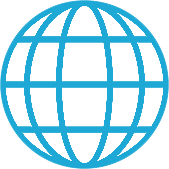


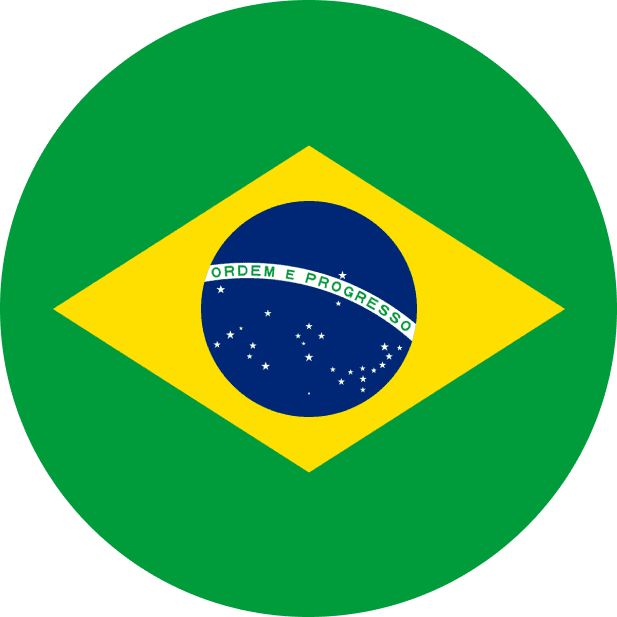
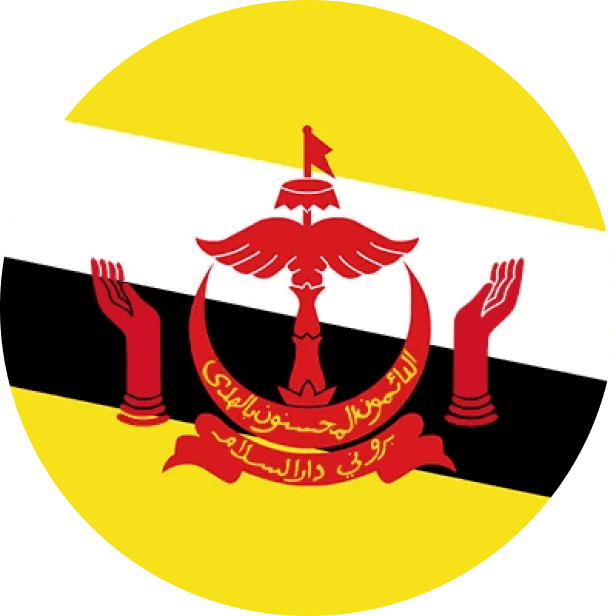
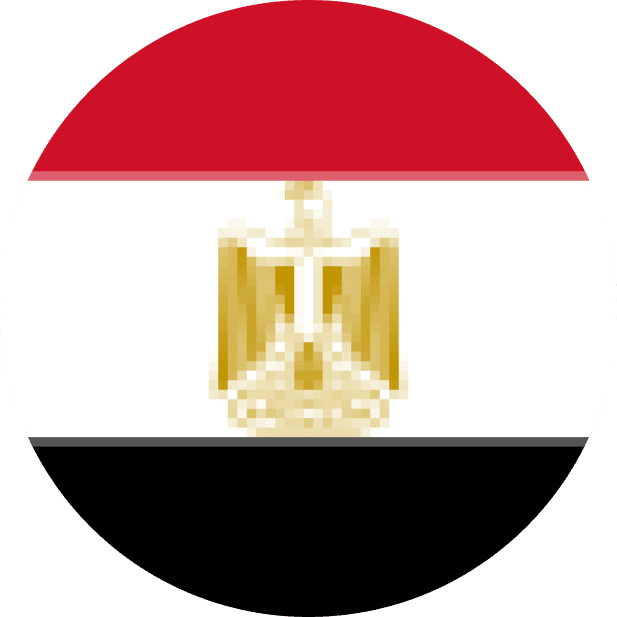




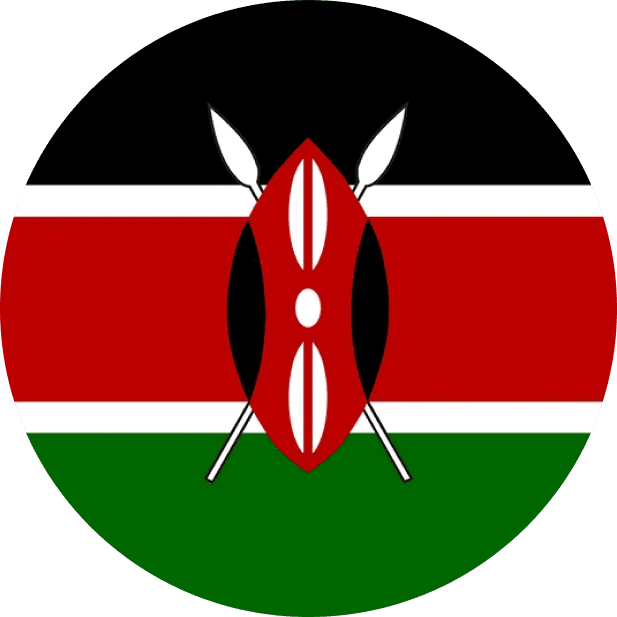

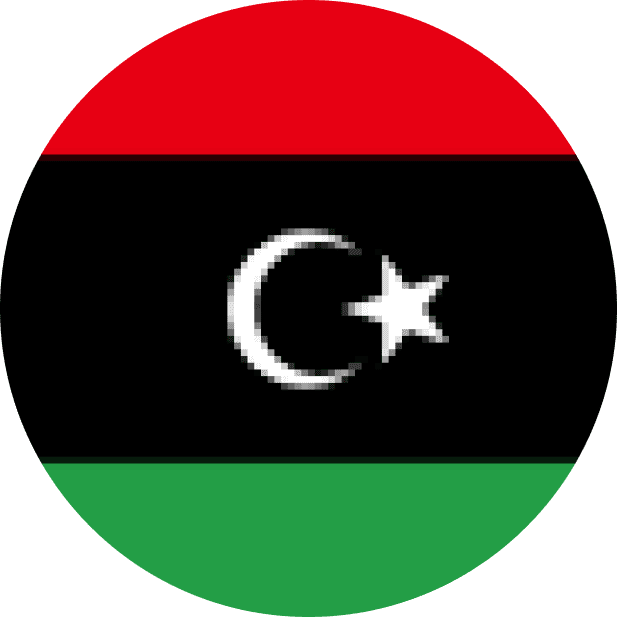


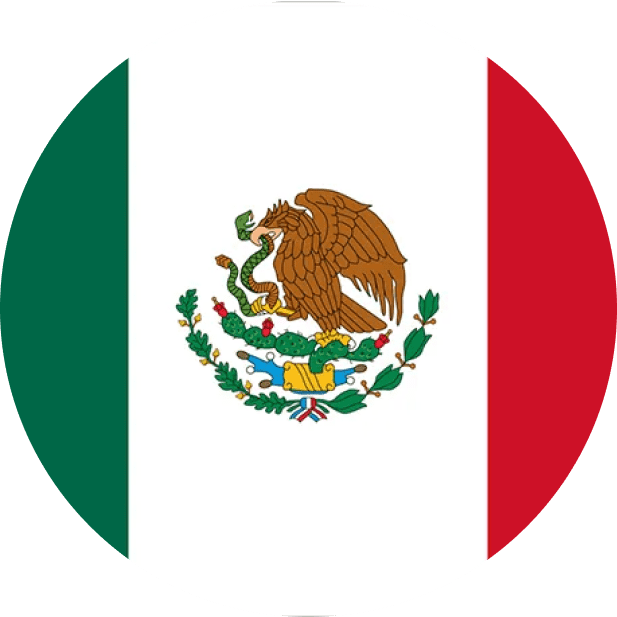

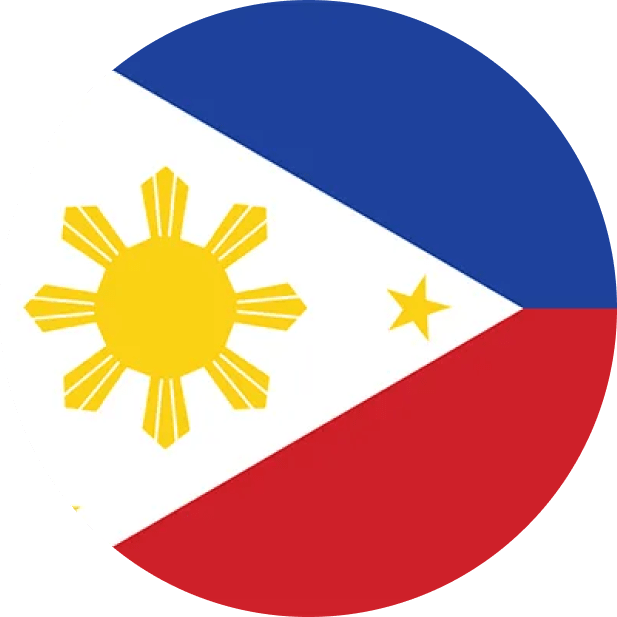












![Building a differentiated workplace culture - Stela Lupushor [Interview]](https://assets-global.website-files.com/62d84b3d3ba446b2ec041a19/62d84b3d3ba446f738043924_Untitled%20design%20(8)%20(1).png)



.jpg)
![How to stay relevant during a crisis - Rita McGrath [Interview]](https://assets-global.website-files.com/62d84b3d3ba446b2ec041a19/62d84b3d3ba446881d043992_Untitled%20design%20(13).png)
![Transforming adversity into opportunity - Rhett Power [Interview]](https://assets-global.website-files.com/62d84b3d3ba446b2ec041a19/62d84b3d3ba446eee4043850_untitled-design-(4)_optimized.png)











